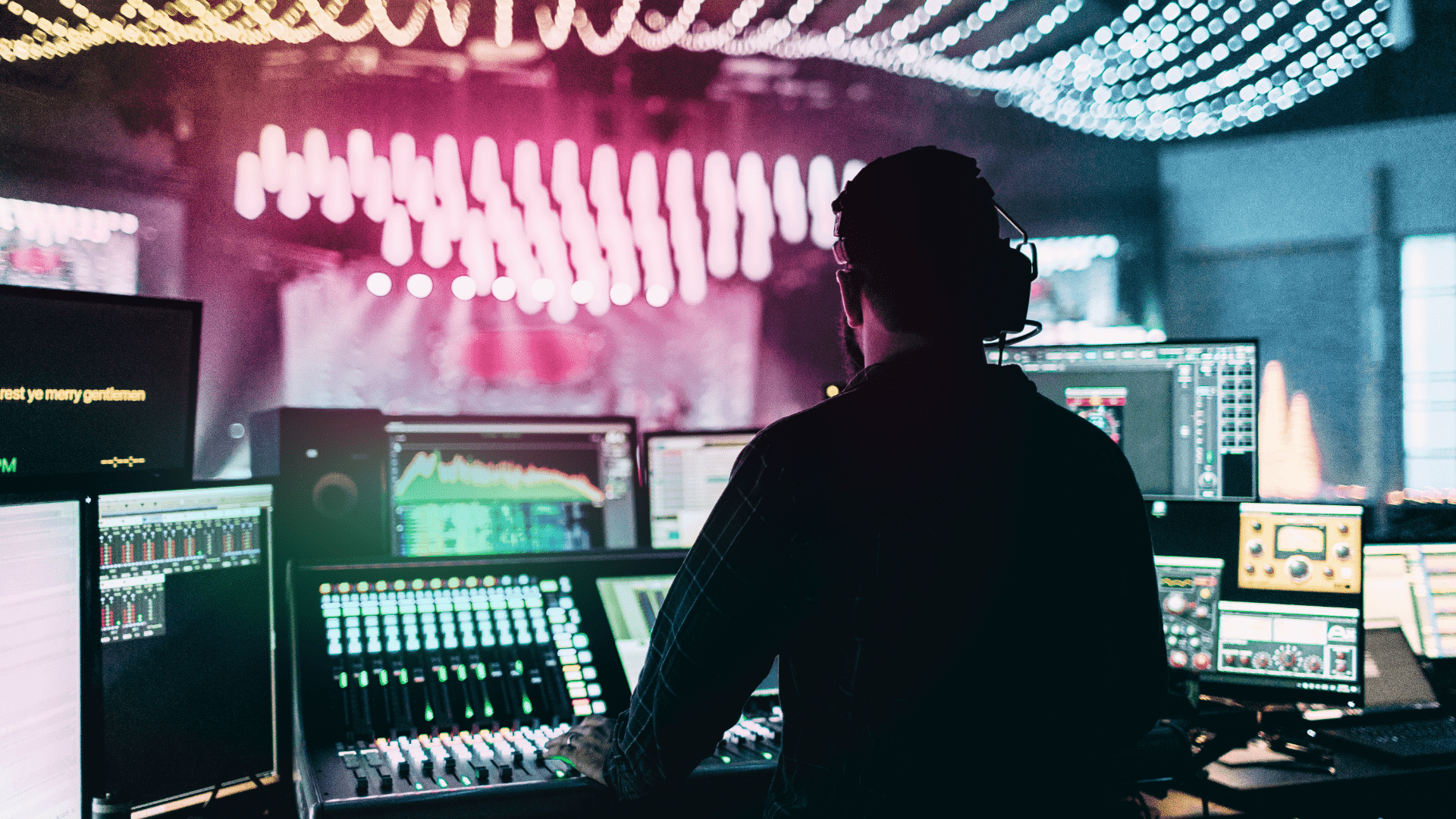Crucial Strategies for Enhancing the Lifespan of The LED Display
Wiki Article
Light Emitting Diode screens are becoming progressively popular for multiple applications, from marketing to entertainment. To guarantee that these screens function effectively over the years, it is essential to adopt tactics that maximize their lifespan. Comprehending the elements that affect the durability of Light Emitting Diode screens can help operators sustain their performance and avoid unnecessary substitutions.
One of the main factors that can extend the durability of an Light Emitting Diode wall is appropriate installation. It is crucial to have a skilled crew handle the installation process to guarantee all parts are properly connected. Poor setup can result in electrical issues or mechanical damage. Additionally, the location of the LED wall should take into account environmental factors such as light exposure and humidity levels. A properly set up display in a suitable site will reduce the risk of damage caused by external elements.

Routine maintenance is a further crucial strategy to prolong the lifespan of an Light Emitting Diode screen. This includes routine checks to monitor for any signs of wear or malfunction. Dirt and dirt can accumulate on the top of the LED panels, affecting luminosity and hue quality. Cleaning the screens with suitable cleaners will assist maintain optimal visibility. It is also important to check the components behind this hyperlink the display, ensuring that all links are tight and that there are no overheating issues, which can greatly shorten the lifespan of the parts.
Electrical control plays a vital role in enhancing the longevity of an LED screen. Excess voltage or unstable power supply can harm the inner circuitry. To avoid this, using a reliable electric supply and implementing surge protection measures is advisable. Additionally, adjusting the screen to function at reduced luminosity levels when high brightness is not necessary can lessen stress on the lights. This not only prolongs the lifespan of the wall but also conserves energy, making it a economical option.
In addition, software management can influence the performance of LED screens. Consistently updating the program that operates the screen guarantees that it operates efficiently and incorporates any necessary security patches. Outdated software can lead to performance issues and may put the setup to risks. Proper scheduling of content can also help in managing the demand of the screen, permitting it to idle during off-peak hours, which can aid to a greater durability.
In summary, maximizing the lifespan of an Light Emitting Diode wall involves a combination of appropriate setup, regular upkeep, efficient power management, and careful program management. By focusing on these critical tactics, operators can guarantee that their LED displays stay functional and visually pleasing for numerous years. Implementing preventive steps will not only improve the functionality of the LED wall but also offer a greater yield on cost over time.